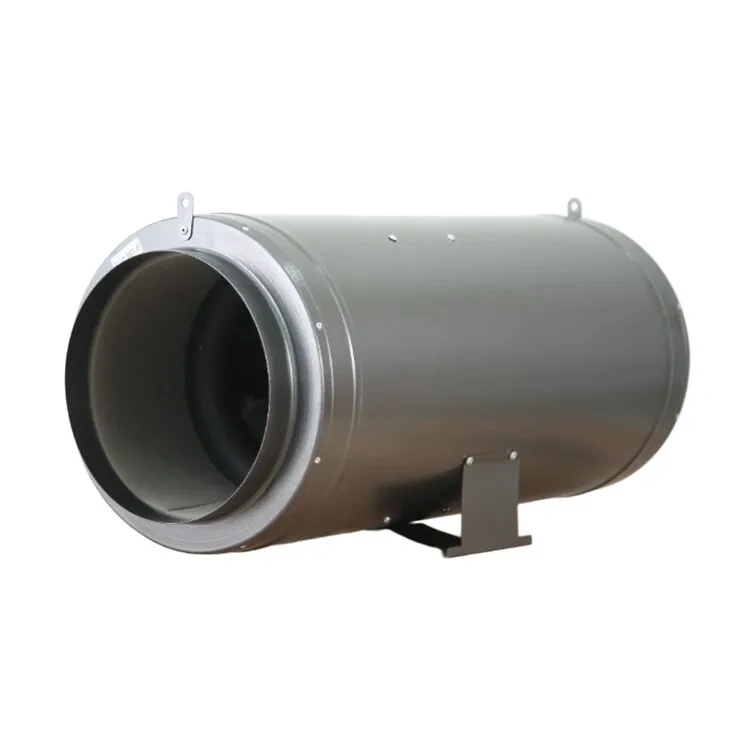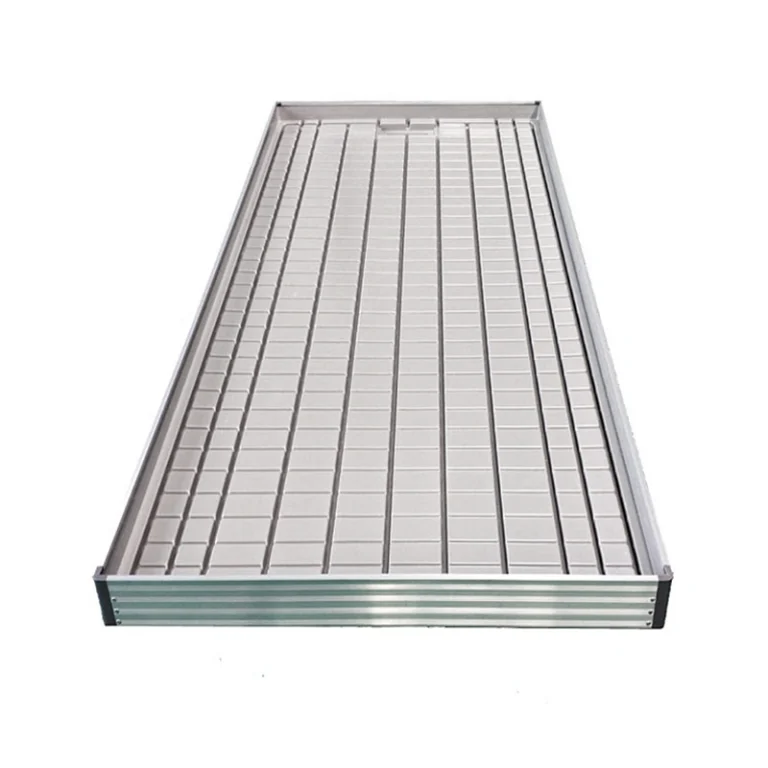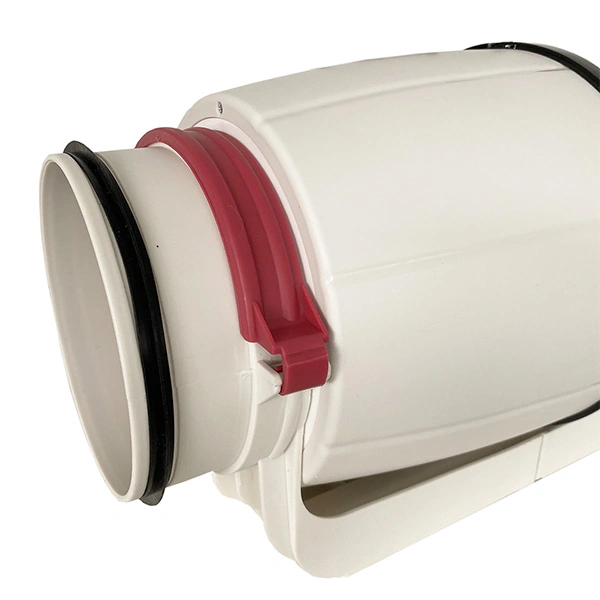How Is Automated Hydroponics Addressing the Challenges of Urban Agriculture?
Why Urban Areas Need Innovative Farming Solutions
Cities are popping up like weeds worldwide. This heaps crazy strain on food, land, and green stuff. Over half the world’s folks now crash in urban hubs, splitting where food grows from where it’s chowed down. Old-time farming can’t match city cravings. Why? Good dirt is scarce, and long hauls mean more spoiled veggies and smog.
Automated Hydroponics swoops in with a peppy fix. It grows crops super slick in tight nooks like rooftops or basements. No dirt needed! This nixes the need for big fields, perfect for jam-packed urban spots.
The Role of Automation in Overcoming Space and Resource Constraints
Automation is the spicy kick for hydroponics. Sensors, gadgets, and clever controls juggle lights, warmth, dampness, and nutrient drips with barely a human nudge. This sharp precision lets farmers stack crops high in controlled zones, cranking up harvests per square inch.
Better yet, Automated Hydroponics trims labor costs and flaws. It keeps crops top-shelf. Live monitoring means fast tweaks to settings, even from way out of town. Handling multiple grow patches? Total breeze!
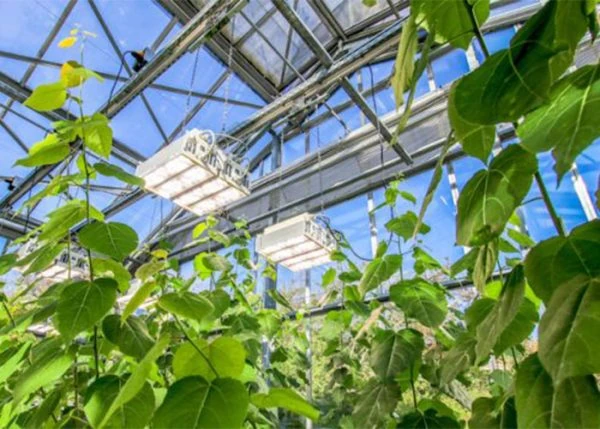
Comparing Traditional Soil-Based Methods with Hydroponic Systems
Old-school farming leans on weather, rich dirt, and sweaty work. Hydroponics? It zaps nutrients straight to plant roots with water. This zooms in growth and saves water like mad.
Hydroponic ebb and flow trays use pumps and a chunky water tank to splash roots with nutrients and water now and then. The water circles back, saving piles compared to soil farming’s leaky ways. Plants get fed as they sip, smoothing out the whole deal. No dirt means fewer bugs, so less call for chemical sprays.
What Makes Automated Hydroponics a Game Changer in Combating Climate Change?
Reducing Water Usage Through Closed-Loop Irrigation
Automated Hydroponics is a water-saving champ. Its closed-loop irrigation reuses nutrient-packed water, unlike regular farming, where water slips into the air or dirt. Web data says hydroponics can slash water use by up to 90% compared to soil setups.
You can water an acre’s crops with laser-sharp smarts. Every drop pumps up plant growth. This is a game-saver in spots slammed by water shortages from climate shifts.
Minimizing Carbon Footprint with Localized Food Production
Automated Hydroponics grows food right in city nooks. Harvesting close to eaters cuts smog from trucking veggies across miles. It skips heavy fridge use, too.
When juiced by green power like solar, indoor farms ditch fossil fuels compared to old farms with diesel rigs and chemical fertilizers. It’s a cleaner path to feed city crowds.
Adapting to Unpredictable Weather Conditions Using Controlled Environments
Climate change whips up wild weather—droughts, floods, or sizzling heatwaves. These trash crop reliability. Automated Hydroponics shines in controlled setups, tweaking heat, moisture, light, and CO₂ just so, no matter the outdoor mess.
This toughness delivers steady harvests all year, even when storms or cold snaps clobber traditional farms.
Who Can Benefit from Implementing Automated Hydroponics in Cities?
Urban Households Seeking Fresh Produce Year-Round
City folks often miss fresh greens due to cramped spaces or seasonal dips. Tiny Automated Hydroponics units let them sprout lettuce, herbs, or tomatoes indoors, no dirt or sun needed.
These rigs dish out pesticide-free goodies at home, shaving grocery bills. It’s a snappy win for health-savvy families in apartments or yardless pads.
Restaurants and Cafés Integrating Onsite Farming Solutions
Farm-to-table dining is hot for green-minded eaters. Restaurants can rig up hydroponic walls or cabinets to grow microgreens or swanky herbs on-site.
This brings ultra-fresh ingredients and shows off eco-sourcing—a big score for customers and a slick operational move.
Educational Institutions Promoting Agri-Tech Literacy
Schools and colleges are diving into Automated Hydroponics for STEM programs tied to green tech. Kids dig into sensors, software, plant science, and even AI, prepping for agri-tech gigs.
These setups are like living labs, sparking big ideas in youngsters keen to crack global food puzzles.
Municipal Governments Supporting Green Infrastructure Initiatives
City planners weave green projects like rooftop gardens or community farms into urban plans, often with Automated Hydroponics. These clean air, cool heat islands, and boost food security while getting folks jazzed about green goals.
Governments can lean on these systems for backup food during crises like pandemics or disasters when supply chains wobble.
Why Is the Integration of AI Crucial in Automated Hydroponic Systems?
Enhancing Crop Yield Predictions with Data Analytics
AI is a total rockstar for hydroponics. It munches past crop data to predict yields with freaky accuracy, using brainy tools in farm software. This nails planting plans and resource use, cutting waste, and boosting cash.
AI-Powered Adjustments for Optimal Plant Growth Conditions
AI sifts sensor data on pH, nutrients, or light, tweaking settings on the fly for perfect plant vibes. These zippy, spot-on changes beat manual fiddling, keeping plants happy round-the-clock—great for city hustle or big setups.
Preventing System Failures Through Predictive Maintenance Algorithms
Clogged pumps or filters can tank a harvest. AI tracks gear health, spotting quirks before they bust. This keeps systems humming and saves dough, especially when juggling multiple urban farm sites.
How Does TIDESTAR’s Automated Hydroponics System Work?
Overview of TIDESTAR’s Core Technology and Design Philosophy
At TIDESTAR, we’re hooked on clever, no-hassle designs for sustainable city farming. Our systems blend automation with snap-together setups, perfect for hobbyists or pro growers. They’re built for plug-and-play use in kitchens or warehouses, dishing out top-notch results without needing tech chops.
Key Features: Real-Time Monitoring, Nutrient Automation, and Environmental Controls
TIDESTAR’s platform uses IoT-enabled sensors to track temperature, pH, electrical conductivity, light, humidity, and CO₂ with razor-thin precision. Data pops up on breezy dashboards, online 24/7.
Nutrient dosing auto-tunes to crop needs, while environmental controls tweak airflow with super silent air pumps. These adjust outputs for each growth stage, from sprouting to blooming, pumping up flavor and nutrients.
Energy Efficiency and Sustainability Metrics of TIDESTAR Systems
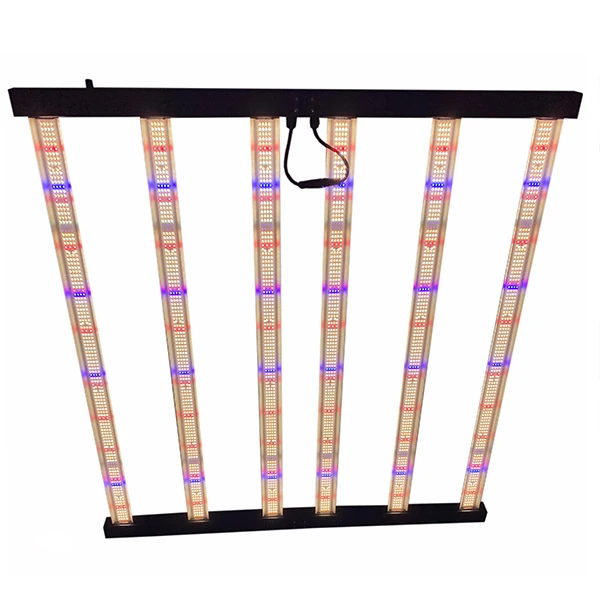
Energy efficiency fuels our gear, with low-rate power consumption parts made for nonstop use. Paired with LED grow lights tuned for photosynthetically active radiation (PAR), our setups max out harvests with minimal juice, slashing costs and carbon footprints for year-round local crops.
FAQ
Q: What is Automated Hydroponics?
A: It’s dirt-free farming using sensors and tech to run nutrients, lights, and climate automatically, no daily chores needed.
Q: How does Automated Hydroponics help combat climate change?
A: It saves water with closed-loop irrigation, cuts smog with local growth, and thrives in controlled spaces despite wild weather.
Q: Can I use Automated Hydroponic systems at home?
A: Yup! Tiny units are made for apartments, sprouting fresh herbs or veggies year-round, no garden or skills needed.
Q: Are AI features necessary in an Automated Hydroponic setup?
A: Not a must, but they juice up performance by tweaking conditions and catching gear issues early, saving time and cash, especially for big rigs.
Q: What crops grow best using Automated Hydroponics?
A: Greens like lettuce, spinach, kale, plus herbs like basil, mint, and vine crops like tomatoes or peppers rock with precise nutrient and climate control.

